The peanut groundnut root crop we all know as the humble peanut that we devour half our lives in various shapes & ways.
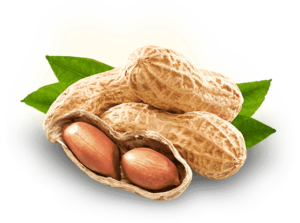
These plants were obtained from untreated organic seed stock peanuts for you to grow in your own garden & have fresh organic peanuts for life.
The seedlings are going for $18 each plus pack/post charges of $22 for up to 6 plants.
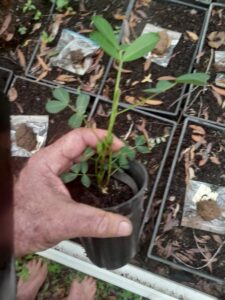
The description here is not required as we all are aware of what a peanut is.
OK..Some info here anyway below.
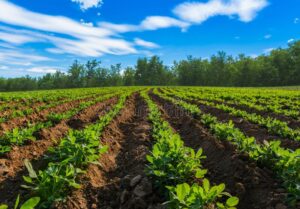
Sun is important for the sake of photosynthesis, but full sun is advised because areas that receive full sun are likely to be the warmest in your garden. Peanut plants thrive in warm soil.
Buy several seedlings & then use the resulting crop of seed nuts to germinate into hundreds of plants
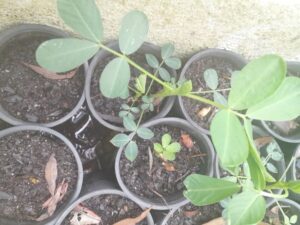
Transplanting Peanut Plants
- Sun is important for the sake of photosynthesis, but full sun is advised because areas that receive full sun are likely to be the warmest in your garden. Peanut plants thrive in warm soil.
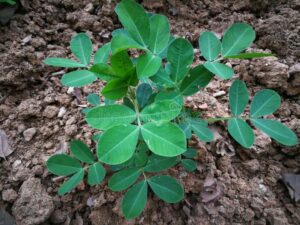
- The same guideline applies if you are planting seed peanuts directly into an outdoor plot. Wait several weeks after the last frost passes. Otherwise, the seed peanuts will not germinate.
- The temperature of the soil should be about 65 degrees Fahrenheit (18.3 degrees Celsius), at minimum.
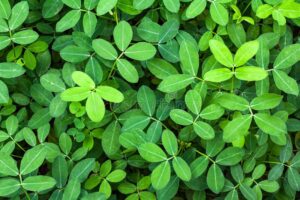
- Avoid clay-type soils, which are hard to improve sufficiently.
- You could use aged compost, as well, but you should limit the amount you use since it could give off nitrogen. This would be beneficial for many plants, but peanuts produce their own nitrogen, and adding more can be too much and ultimately stunt the growth of the plant.
- You may also need to balance the soil pH if it is too acidic. Do so by adding a small amount of agricultural lime to the soil and mixing it in thoroughly.
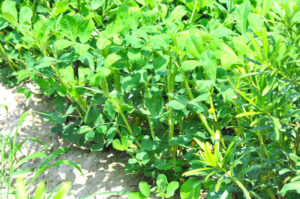
-
Dig deep into the soil. Dig at least 6 inches (15.24 cm) down into the soil, even if the plant is not yet that deep.
- The roots need plenty of room to spread out. Digging into the soil helps to break up any compact areas, ultimately making it looser, and providing the roots the space they need.
- After digging into the soil, fill in the bottom of each hole with 2 inches (5 cm) or so of the loose soil. Otherwise, you may accidentally plant the seedling too deep.[5]
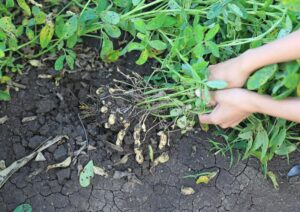 Plant the seedlings 10 inches (25 cm) apart. The stem and leaf portions should be above the ground, but the root system should be completely below ground.
Plant the seedlings 10 inches (25 cm) apart. The stem and leaf portions should be above the ground, but the root system should be completely below ground. -
- Fill in the rest of the hole gently with loose soil.
- If using a decomposable planter, place the entire thing in the ground. If not, gently squeeze the sides of you container to loosen its contents. Tip the container so that the plant, roots, and soil come out in a clump in your hands. Transfer the entire clump to the outdoor plot.
- Avoid exposing the sensitive roots.
- If you planted the seed peanuts directly outdoors, you may decide to plant 2 to 3 seeds at each spot initially. You will need to thin the plants out, though, leaving only the strongest one at each spot
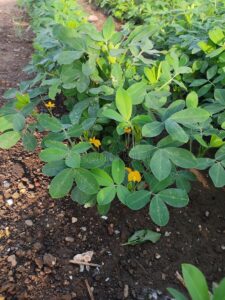
What is a Peanut?
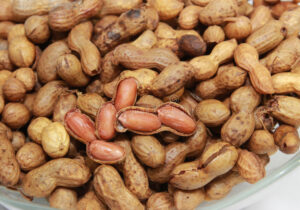
|
The peanut (Arachis hypogaea), also known as the groundnut, goober (US),pindar (US)or monkey nut (UK), is a legume crop grown mainly for its edible seeds.
It is widely grown in the tropics and subtropics, being important to both small and large commercial producers.
It is classified as both a grain legume and, due to its high oil content, an oil crop.World annual production of shelled peanuts was 44 million tonnes in 2016, led by China with 38% of the world total.
Atypically among legume crop plants, peanut pods develop underground (geocarpy) rather than above ground. With this characteristic in mind, the botanist Carl Linnaeus gave peanuts the specific epithet hypogaea, which means “under the earth”.
The peanut belongs to the botanical family Fabaceae (or Leguminosae), commonly known as the legume, bean, or pea family.
BEER & PEANUTS GREAT COMBO TREAT SNACK Like most other legumes, peanuts harbor symbiotic nitrogen-fixing bacteria in root nodules.
The capacity to fix nitrogen means peanuts require less nitrogen-containing fertilizer and improve soil fertility, making them valuable in crop rotations.
Peanuts are similar in taste and nutritional profile to tree nuts such as walnuts and almonds, and, as a culinary nut, are often served in similar ways in Western cuisines.
The botanical definition of a nut is “a fruit whose ovary wall becomes hard at maturity”.
Using this criterion, the peanut is not a nut.However, peanuts are usually categorized as nuts for culinary purposes and in common English more generally.
Plant some in your garden & harvest like potatoes out of the soil. Henry
|
|
|---|---|

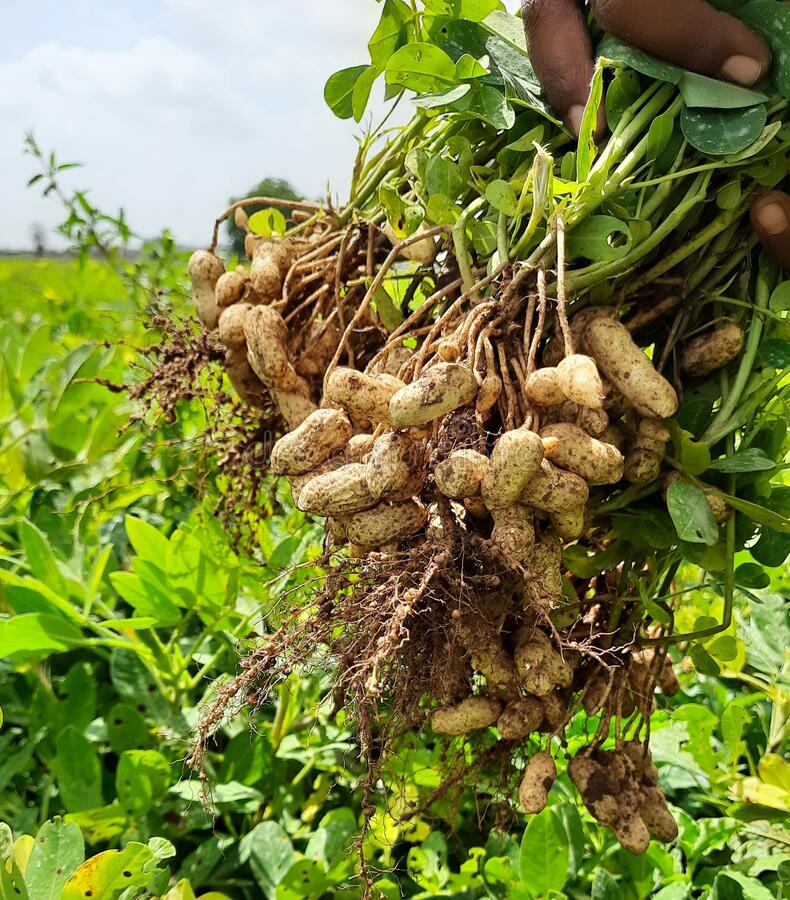
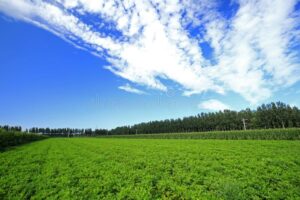
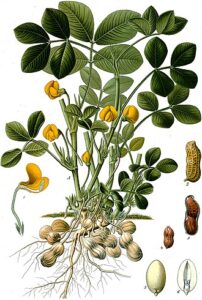
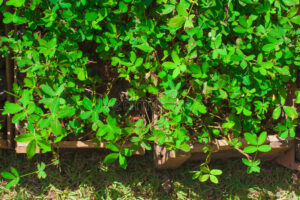
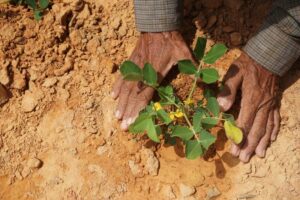

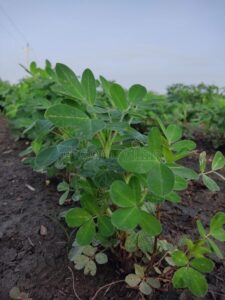
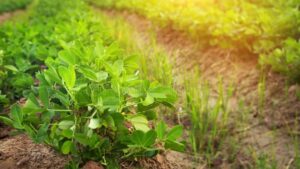
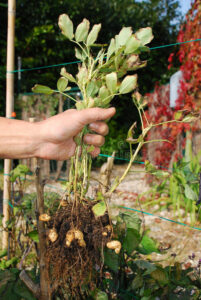
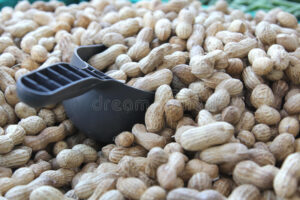
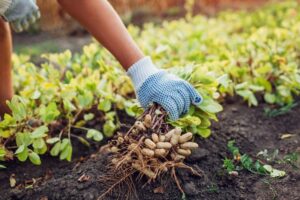
 Any questions or if buying, contact me
Any questions or if buying, contact me
Recent Comments